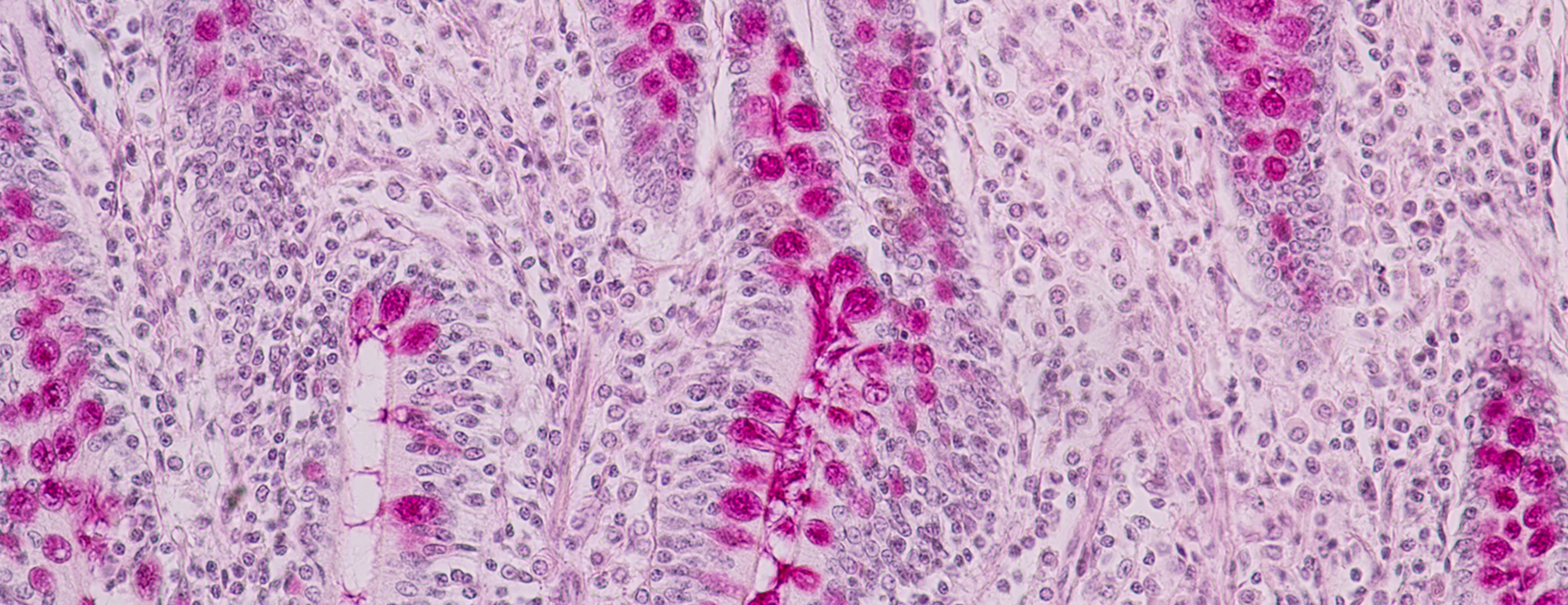
Smear of duodenal fluid aspirate
Definition
Smear of duodenal fluid aspirate is an exam of fluid from the
Alternative Names
Duodenal aspirated fluid smear
How the Test is Performed
A sample is taken during an upper endoscopy (
How to Prepare for the Test
Do not eat or drink anything for 12 hours before the test.
How the Test will Feel
You will be given medicines to help you relax and sometimes sleep. Occasionally, you may feel a gag sensation, but the medicines used make this test very comfortable. If you get anesthesia, you cannot drive for the rest of the day and will need a ride home from the procedure location.
Why the Test is Performed
The test is done to look for infection of the small bowel. However, it is not often needed. In most cases, this test is only done when a diagnosis cannot be made with other tests.
Normal Results
There should be no disease-causing organisms in the duodenum. Normal value ranges may vary slightly among different laboratories. Talk to your provider about the meaning of your specific test results.
What Abnormal Results Mean
The results may show the presence of giardia protozoa, the intestinal parasite strongyloides, or another infectious organism.
Risks
The risks of this test include:
- Bleeding
- Perforation of (poking a hole in) the gastrointestinal tract by the scope
- Infection
Some people may not be able to have this test because of other medical conditions.
Considerations
Other tests that are less invasive can often find the source of the infection.
References
Diemert DJ. Nematode infections. In: Goldman L, Cooney KA, eds. Goldman-Cecil Medicine. 27th ed. Philadelphia, PA: Elsevier; 2024:chap 327.
Dobbs KR, Dent AE. Strongyloidiasis (Strongyloides stercoralis). In: Kliegman RM, St. Geme JW, Blum NJ, et al, eds. Nelson Textbook of Pediatrics. 22nd ed. Philadelphia, PA: Elsevier; 2025:chap 341.
Mathison BA, Pritt BS. Parasitology. In: Rifai N, Chiu RWK, Young I, Burnham CAD, Wittwer CT, eds. Tietz Textbook of Laboratory Medicine. 7th ed. St Louis, MO: Elsevier; 2023:chap 88.
Review Date: 06/11/2024
The information provided herein should not be used during any medical emergency or for the diagnosis or treatment of any medical condition. A licensed physician should be consulted for diagnosis and treatment of any and all medical conditions. Call 911 for all medical emergencies. Links to other sites are provided for information only -- they do not constitute endorsements of those other sites. Copyright ©2019 A.D.A.M., Inc., as modified by University of California San Francisco. Any duplication or distribution of the information contained herein is strictly prohibited.
Information developed by A.D.A.M., Inc. regarding tests and test results may not directly correspond with information provided by UCSF Health. Please discuss with your doctor any questions or concerns you may have.





